Results & Takeaways
A system-driven design foundation that accelerated launch timelines, empowered brand partners, and evolved RECUR into a scalable platform.

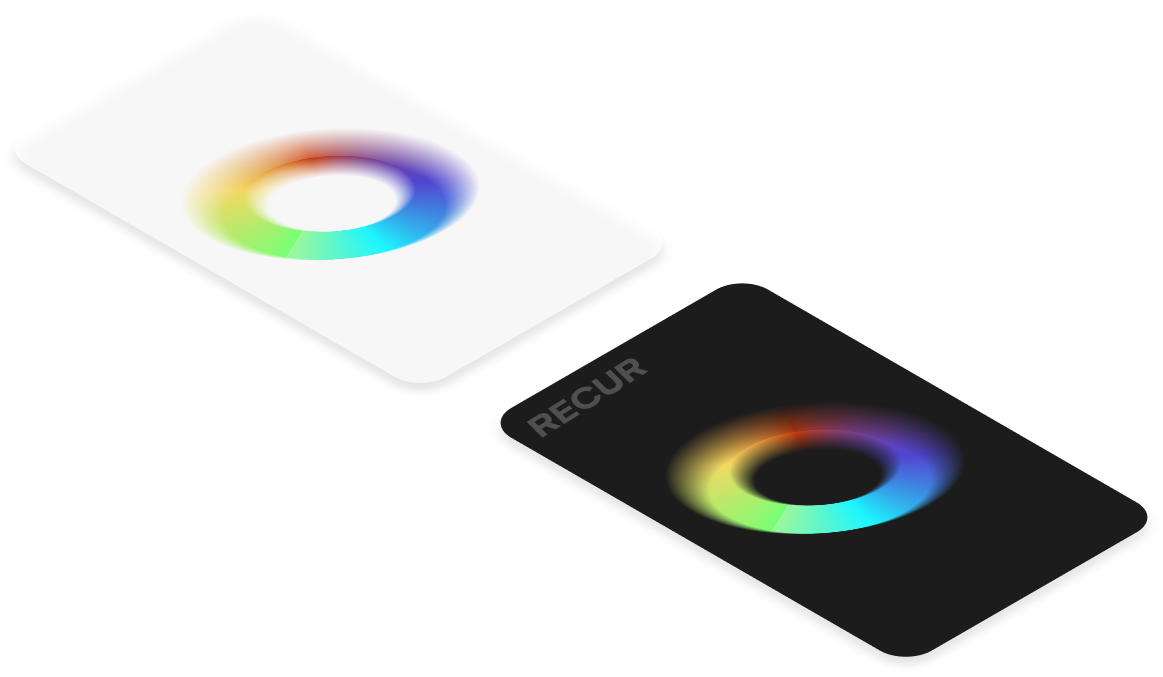
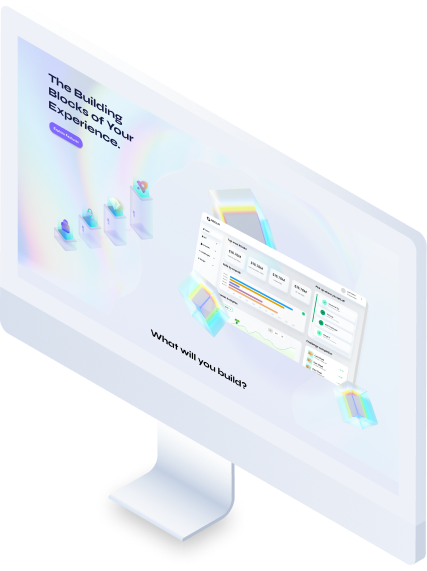
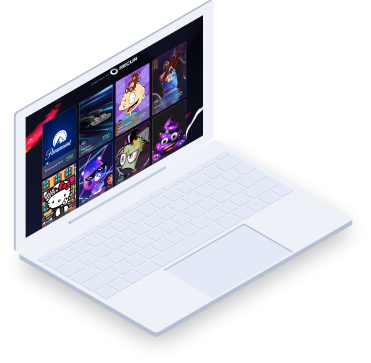
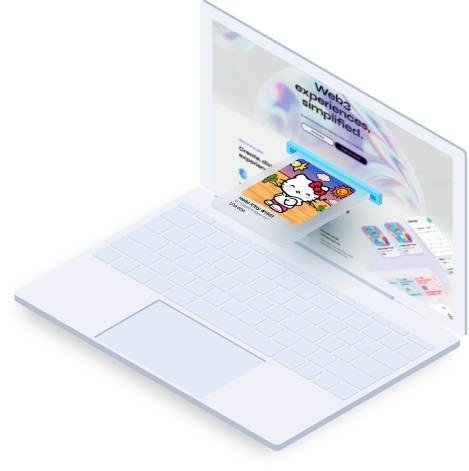
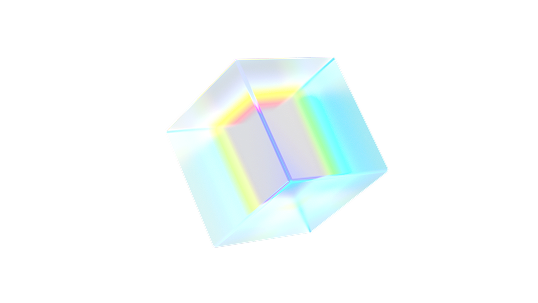
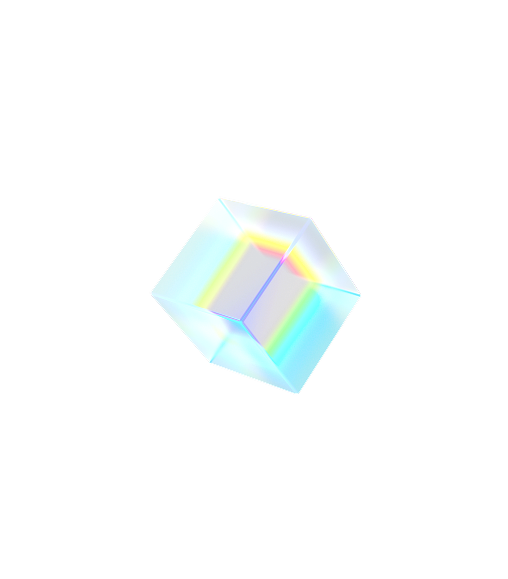








Scaled design systems and team infrastructure to support high-velocity brand launches across Hello Kitty, Nickelodeon, and more.

Introduction
0
Series A Raised
Backed by top investors including Steve Cohen with a $333M valuation
0
Sold in 24 Hours
A testament to strong brand partnerships and launch readiness
0
Major Brand Partnerships Secured Sanrio (Hello Kitty), Care Bears, and Nickelodeon
TL;DR
RECUR created branded digital marketplaces for global IPs, but bespoke builds were slow and costly. I led the shift to a scalable design system and platform approach which accelerated launches by 78%.
Background & Role
As the owner of Product Design at RECUR, I led the effort to scale our platform’s design foundation from an early-stage team of two to a ten-person cross-functional unit. I developed the product and design system strategy from the ground up, hiring and mentoring a growing team while partnering closely with engineering and brand stakeholders. My role spanned system design, team operations, and cross-functional alignment—enabling faster product launches, stronger brand fidelity, and scalable creative tooling across multiple high-profile brand experiences.
Title: Director of Product Design
Situation
When I joined RECUR, every brand launch felt like a scramble. Our team was small, timelines were short, and each experience was treated as a one-off project—requiring custom design, engineering, and approval cycles. Most of our design effort was being spent on redoing the same flows with new paint.
As the business scaled, this approach simply wouldn’t. If we were going to support more brand partners and ship with speed and quality, we needed to rethink how we operated—from launch process to technical architecture to team enablement.
To guide our pivot, we conducted internal audits and stakeholder interviews. Insights included:
These findings made the path clear: we needed to evolve from a service-based delivery model into a true platform. One where tooling, templates, and scalable systems did the heavy lifting—so our teams could focus on what made each experience shine.







Let’s be honest—who doesn’t want to help elevate their favorite childhood brands into future-forward experiences?Creating scalable marketplaces for the characters you grew up with—without losing the magic.
Task
When I joined RECUR, the design team was reactive, and every new launch reset the clock. It became clear through my early assessment that we weren’t just struggling to move fast—we were stuck in a cycle that wouldn't scale. It was my insight and initiative that identified the need to shift away from bespoke brand builds and toward a platform-powered approach.
My challenge was threefold:

First, to accelerate launch timelines and reduce the design/engineering friction that slowed us down.

Second, to build the foundational design system and process that would support RECUR’s evolution into a scalable, self-service platform for partners.

Third, to provide partners with the tools, templates and data they needed to bring their own creativity to life, without overloading our internal teams or compromising design integrity.
Actions
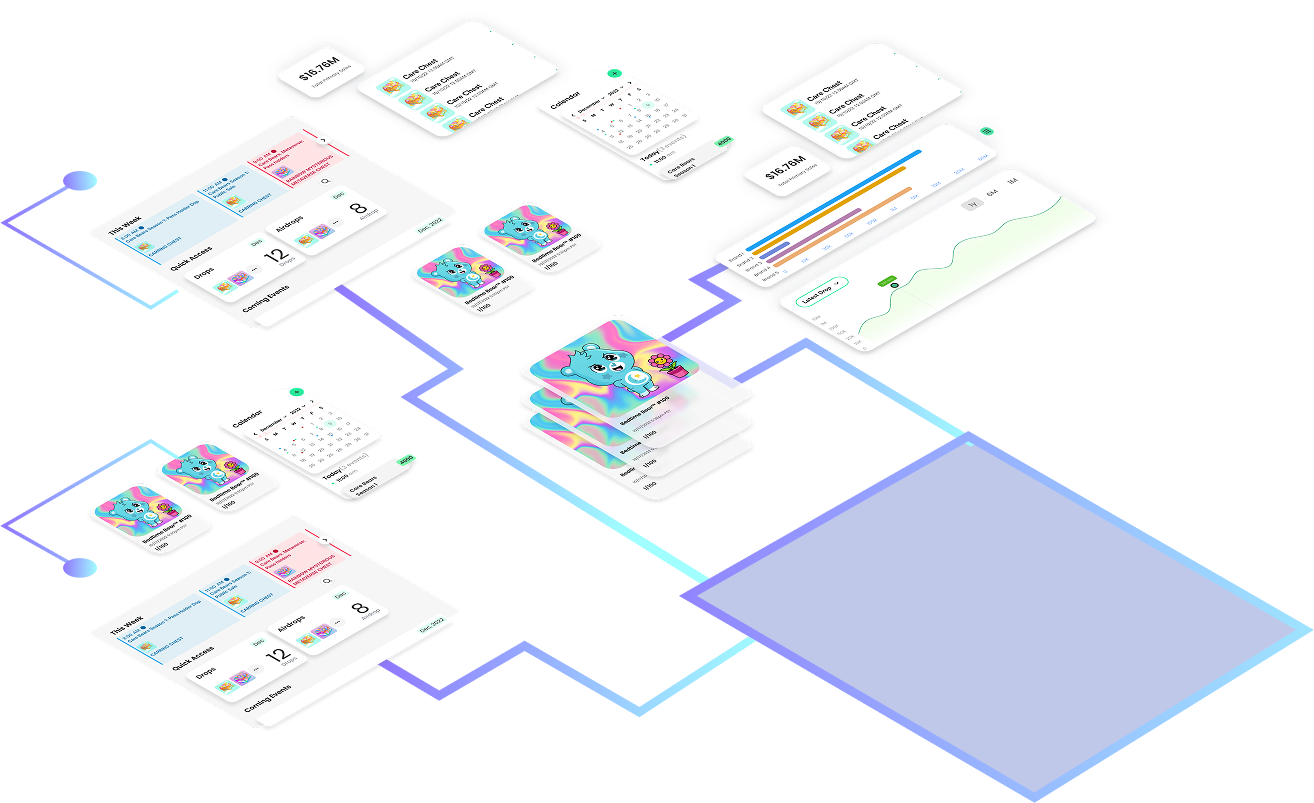
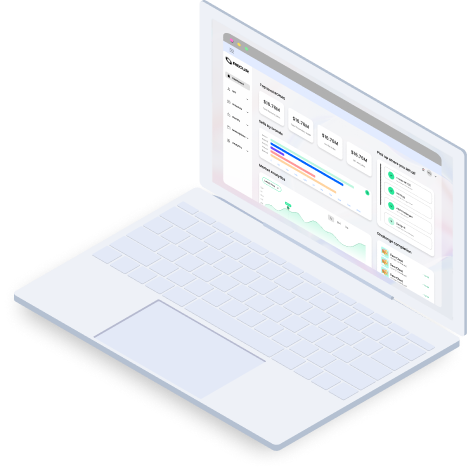


Highlight: Identified bottlenecks through velocity and handoff analysis as well as collecting stakeholder feedback
Highlight: Influenced leadership to pivot toward platform-based scalability and aligned product and engineering leaders around a shared launch model
Role: Director of Product Design, Strategy, Executive Team
Collaborators: COO, Head of Engineering, Product, BizDev
Strategic Planning
Data-Driven Insights
Design Systems
Platform Thinking
Stakeholder Alignment
Roadmapping
Analyzed data on design debt and time-to-market, revealing that each bespoke build slowed our ability to scale and limited growth potential. I proposed and pitched a transition from custom builds to a platform-based model powered by reusable systems. This involved:

Partnering with engineering to define shared goals and reduce ambiguity

Creating a unified roadmap aligned to delivery timelines and long-term platform goals

Leading workshops and rituals to reinforce adoption and promote shared ownership
I also identified the team we would need to be able to support this new direction, and staffed up our product team from 2 to 10 members.
Highlight: Delivered a full design system adopted across product, brand, and engineering that supported 5+ launches
Highlight: Hired and onboarded new team members while scaling for external partners
Collaborators: COO, Product Owners, Engineering Leads
Design Systems
Component Architecture
Tokens
Platform Thinking
Figma
Documentation
Team Management
We began by auditing the most frequently used UI patterns across launches, then designed a token based system in Figma to create flexible components that could be skinned by each brand. Our system included:

Componentized nav, modals, and product cards

Tokens for color, type, and spacing with override logic

Brand-safe customization guidelines

Documentation and onboarding that made handoff seamless
We explored Storybook to support implementation and reduce drift between design and production.

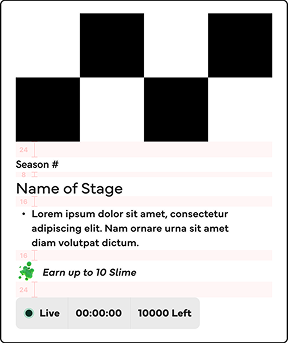
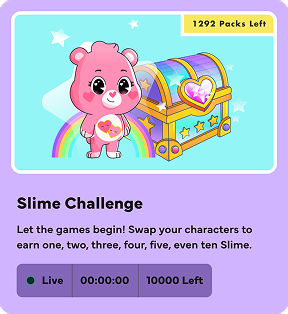


Highlight: Delivered launch-ready designs for 3 major global IPs in a fraction of the time of previous launches
Highlight: Created space for both standardization and expressive customization based on client needs
Collaborators: COO, CTO, Product Owners, BizDev
Data-Driven Insights
Brand Systems
System Variants
System Scaling
Gameification
Stakeholder Alignment
Once the system was live, velocity improved dramatically; launch timelines dropped by 78%. Designers now had time to focus on new feature design, rather than reassembling the basics. Actions included:

Prioritizing and prototyping the gamification features— the most requested feature by brands

Expanding the token system to support interactive components

Establishing patterns for event-based drops and user personalization
Highlight: Our team built an editor that allowed clients to build their own projects utilizing the design system.
Collaborators: COO, Head of Engineering, Product, BizDev
Platform Thinking
Componentization
Design Systems
Standardization
Brand Partnerships
Analytics
Trackable Metrics
With our design system in place, we expanded our roadmap to include developer tools and brand dashboards. These efforts:

Enabled brand teams to launch their own updates with minimal support

Provided visibility into KPIs, campaign performance, and user behavior

Freed internal teams from manual configuration, letting us scale our output and support more clients
The system didn’t just improve delivery. It changed the business model from custom launch shop to product platform.




A system-driven design foundation that accelerated launch timelines, empowered brand partners, and evolved RECUR into a scalable platform.
0
Faster Launch Velocity
After implementing the design system allowing multiple brand launches to ship in succession
0
Increase in Purchases
From being industries first marketplace to integrate Apple/Google Pay
0
Branded Marketplaces Shipped Including Hello Kitty, Nickelodeon, and Paramount
0
Designers Hired and Enabled
Through componentized workflows, centralized onboarding
0
Scalable System
Spanning brand, product, and engineering teams
Systemic Design
The Power of Enablement
The Right Tool for the Right Job
Occam's Razor